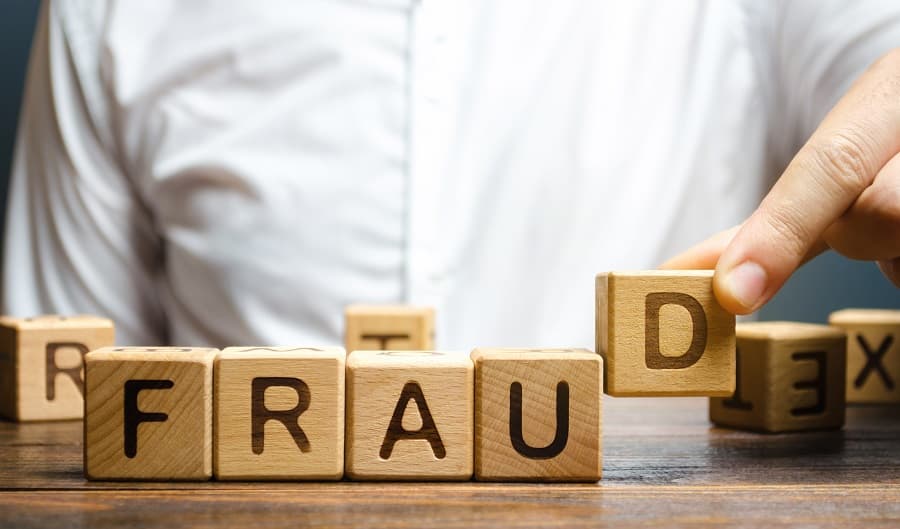A recent case in which a homeowner had their property “stolen” by a fraudster has placed property fraud at the top of the agenda again for conveyancing firms.
The fraud, which was reported on the BBC’s “You and Yours” programme, pocketed the fraudster £131,000 after a fraudster impersonated the legal owner of a property and convinced an estate agent and conveyancer to market and transact the property on their behalf.
The case again highlights the loopholes fraudsters are still able to take advantage of in the process of transacting property. The reporting does not go into detail about the circumstances surrounding the way in which the fraudster managed to dupe both the agent and conveyancer, but it has been reported that BBC were able to get hold of the fraudulent identity documents used to perpetrate the crime.
Conveyancers are also advised to be alert to conveyancing fraud red flags; a comprehensive, but not exhaustive, list of scenarios pulled together by the CLC, SLC and Bold Legal Group, that should place conveyancers on higher alert when it comes to a transaction.
Typical red flags include
- Remote clients with email contact only
- Recently issued ID documents.
- Absent owner or landlord, or the seller lives at a different address from the property and has no documentary evidence such as bills or buildings insurance linking the seller to the property.
- Quick and/or cash sales
While work is underway to shore up the process by which digital client verification is conducted, one way firms can protect their client’s interests is to point them in the direction of HM Land Registry’s Property Alert Service.
The service will monitor properties and alert those registered when official searches and applications are received against a monitored property.
A quick LinkedIn poll last week revealed that 88% of respondents recommend the service to their clients, while one respondents pointed out that advising the client to sign up to the service is part of the CQS protocol.
“Supply a copy of the title information document to the buyer and remind the buyer to keep the address for service up to date. Advise the client of the existence of the HM Land Registry Property Alert service.”
Stage F, 34, Registration (2) p 31
A Land Registry spokesperson added
“Combatting fraud is a key priority for us and over the last 5 years we have prevented fraud on properties worth over £100m. While fraudulent transactions are rare (average of 0.001% of applications) our state guarantee protects homeowners in the event they are victims of registration fraud.”
“Our specialist counter fraud teams focus on detection, prevention and education, working with professional conveyancers, such as solicitors, who are required to make checks to prevent fraud and money laundering. We are actively encouraging conveyancers to use digital cryptographic ID checking as a more secure means of identifying people.
Remaining vigilant is key to combatting fraud which is why we encourage all homeowners to:
A home mover can set up an account quickly to monitor theirs and other properties. The service is free to use and takes minutes to set up.





















3 Responses
Having Conveyancers auto enrol clients will just add and additional burden on the whole conveyancing process and lead to further increases in transaction times. Why cannot Land Registry do it as a matter of course from the info provided in the AP1.
I agree with Michael Smith that conveyancers don’t need any more work on each transaction; but the Land Registry doesn’t have property owners’ email addresses to send its notifications to, unless they’re given as one of the addresses for service on the proprietorship register.
The registration completion sheet invites property buyers to look at its advice about fraud. In my view, it should flag up the availability of the property alert service, not just make a general reference to the subject.
Don’t conveyancers do enough already???